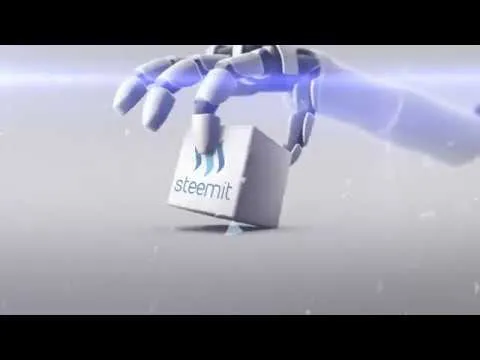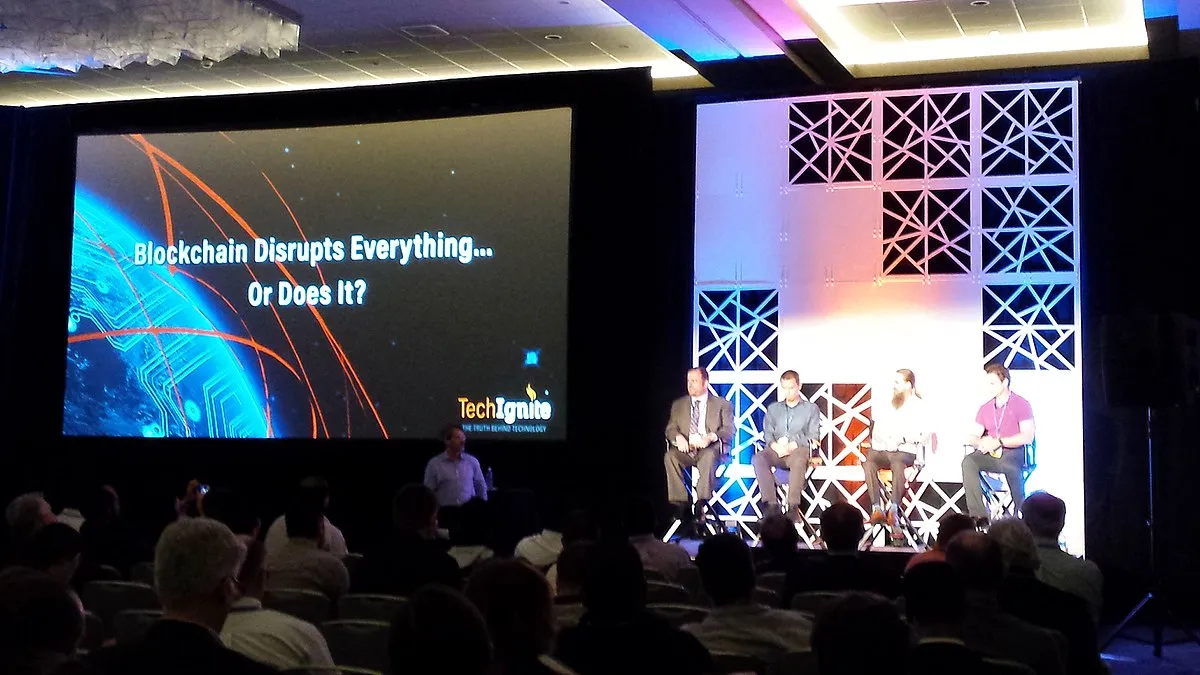
Four cans of lima beans. A wedding band. Wrenches. Costume jewelry. A flashlight. A Janis Joplin recording and a guitar with two broken strings.
Those were some of the items acquired by toll collectors on the Golden Gate Bridge in the 1970s. When drivers did not have 50 cents to pay the bridge toll, they turned over items of personal property instead. These items later sold at an auction, some fetching more than 50 cents while others were worth less.
Can you imagine paying a highway or bridge toll today by handing over your alarm clock or half a can of gasoline? Today, most highways and bridges in the U.S. don’t even have humans in the toll booths anymore; cars use electronic tags or bridges use license scanning technology. If you speed through without paying, they take a picture of your car’s license plate and send the owner a fat bill in the mail.
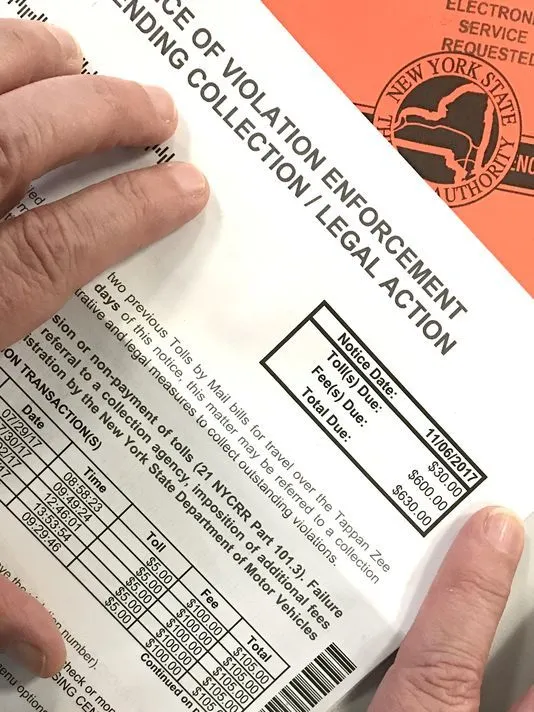
Image from Lohud.com
Reading about bridge history, I was struck by these toll collectors’ practice of accepting personal property offerings when people did not have the money to pay a toll. It certainly was a different world. Today, everything has a bottom line value. Even if you’re buying, selling, or trading a used car or a used iPhone, the first thing you do is look online and see what the market rate is for that type of product.
Bartering is the practice of trading for goods or services without money. Bargaining is half the fun at any street market, anywhere in the world, since you usually can get things more cheaply than the first price quoted. And in many types of marketplaces, deals are made that involve a trade or exchange rather than a sale.

CC0 from Pixabay.
I see it every time I’m at a local farmer’s market: the baker trades a bag of rolls for some apples and the fruit seller hands a basket of berries to the beekeeper for a jar of honey. I even saw a young dentist there one day, handing out his business cards, and presumably he might agree to trade a tooth cleaning in exchange for several weeks’ worth of salad greens (though I’m just guessing there). Meanwhile, the hummus lady is 10x the hustler of these other vendors; they sit around and let their produce do the talking, while she’s handing out free samples and filling her purse with cash.
The gift economy is one step beyond barter and the two can work interchangeably. On a rainy day at the farmers market, the “will play for tips” musician was striking out on donations. A guy like me walked by, enjoyed the guitar picking, and felt bad for the musician. But I was out of small bills, so I looked in my wallet and decided the guitar picker could use $10 more than I could.
He saw me putting it in the jar and stopped playing for a moment, rummaging through his bag to give me a signed copy of his CD. One gift for another, the first given with no expectations. If I’d run out of money, I’d have given him the jar of honey instead, which might have initiated a barter deal.
I appreciated his playing, but didn’t plan to listen to his recorded music. So I had a quick idea. The rain was scattering customers and putting out the hummus lady’s fire. I looped around behind the guitar picker and made my way to the hummus booth, turning down the free samples. I pointed to some garlic hummus and the lady quoted a price.
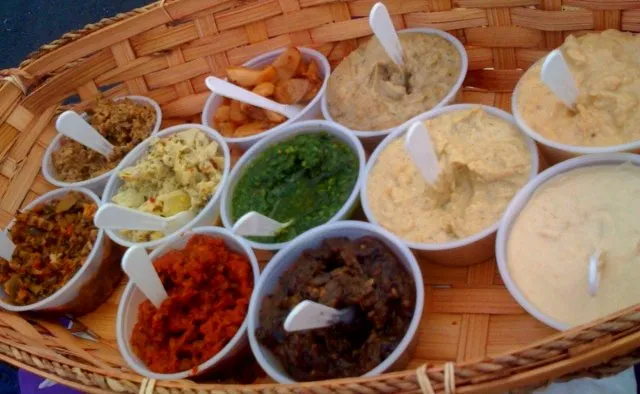
Hummus and other goodies from a farmers market vendor. Creative Commons via Flickr by Vera Wu and David Li.
Instead, I pulled out the music CD, offering it to her in exchange. She laughed, shook her head, and then realized she’d have to load up all this food in the rain and take it back to the refrigerator from where it came…no longer as fresh or desirable for the next market. So she took the CD and let me have some garlic hummus, throwing in a free bag of flatbread also. No, I couldn’t let her one-up me with a gift, so I whipped out my wallet and bought some dolmas and tahini, plus some “must have” olives she sold me on.
I left with a heavier bag and lighter wallet than I’d intended. In the final analysis, the hummus lady hustled me for a cash sale. I didn’t mind, since her food is really tasty. But at least our cash transaction began with a barter and then a gift.
The government doesn’t like barter and gifts, since they’re harder to track and to tax than sales. In most ways, our digital world has made things easier for governments because there’s an electronic record of everything. But the Internet enables people to find each other more efficiently for exchange transactions, too.
Here are some miscellaneous pictures of posters for barter events.
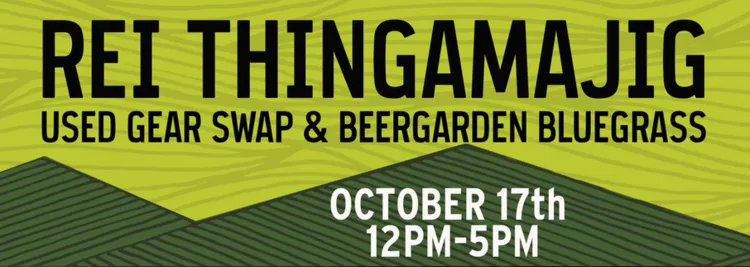
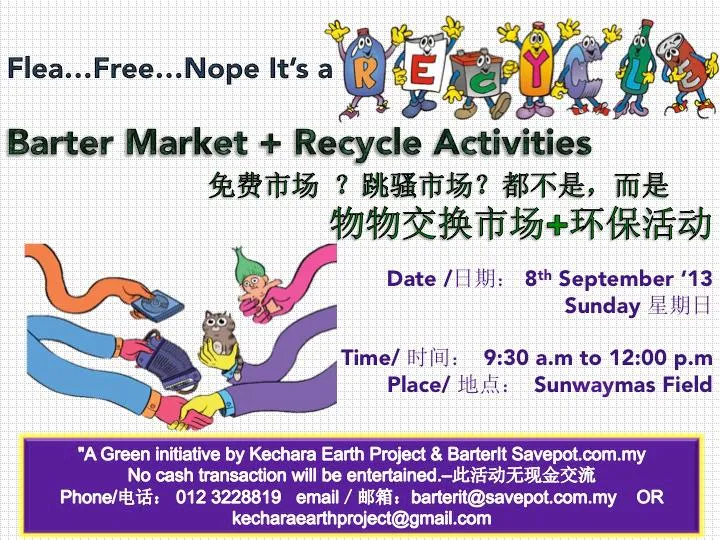
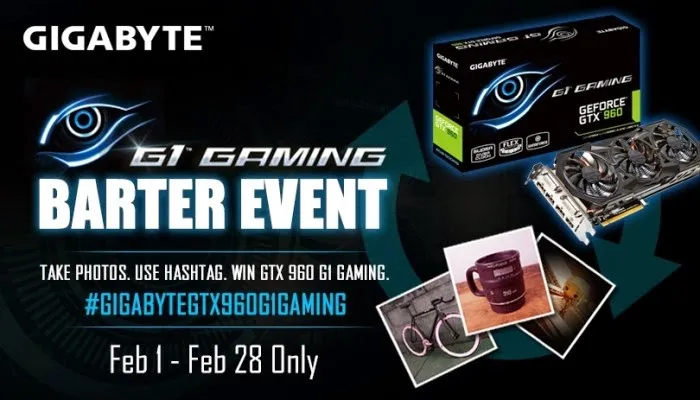
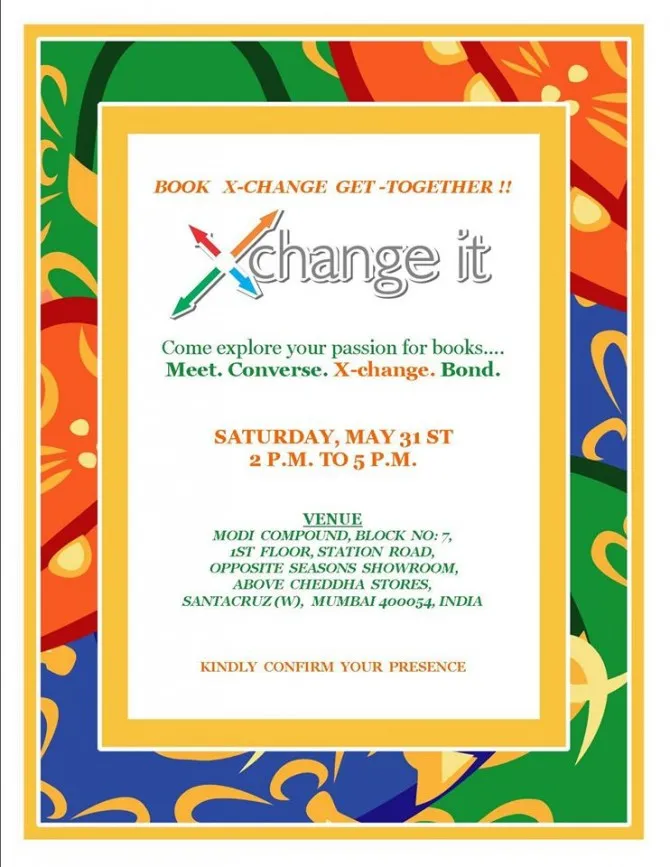
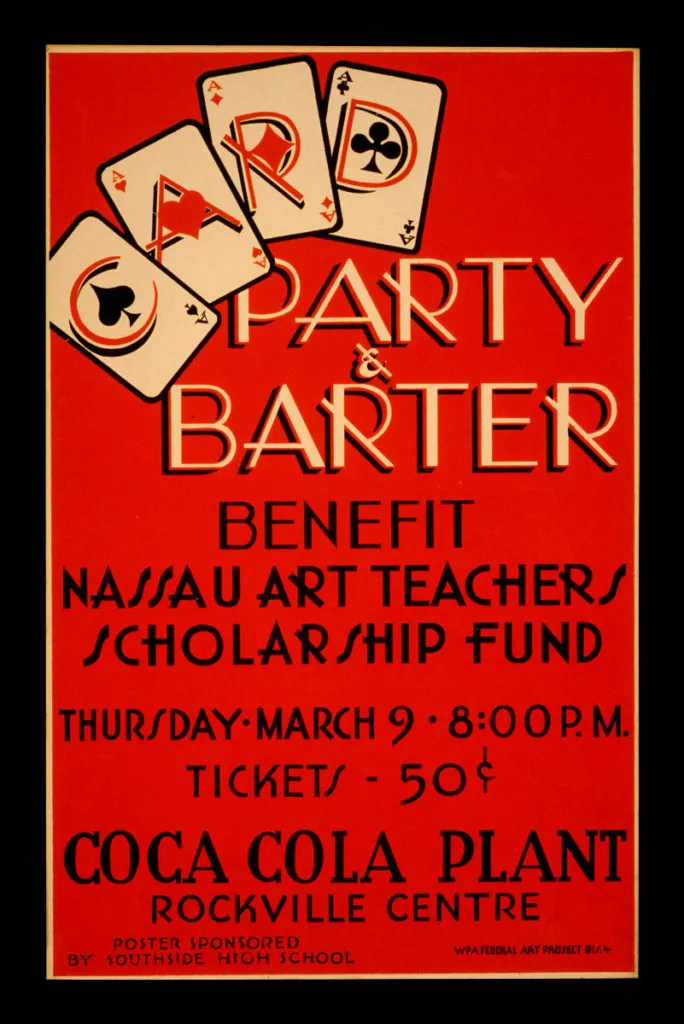
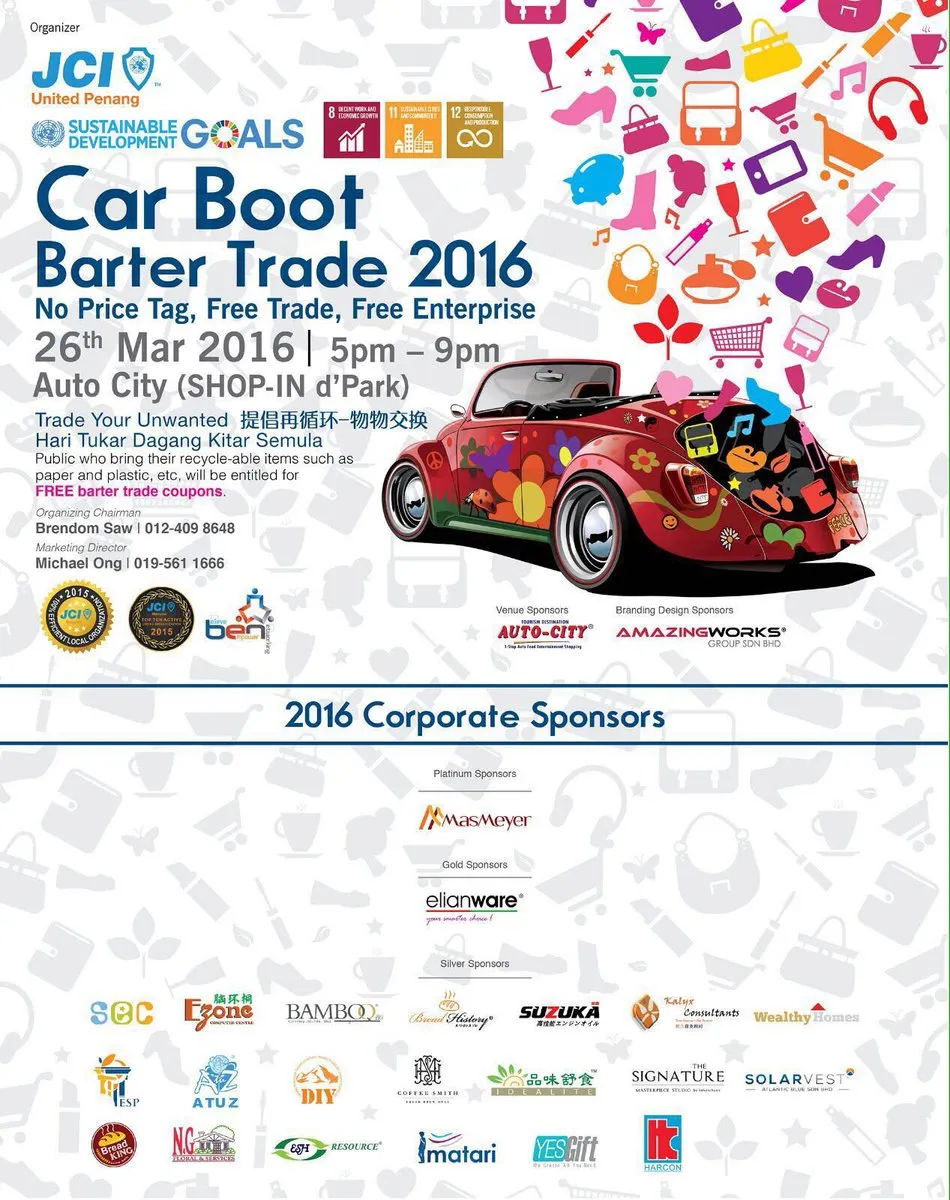
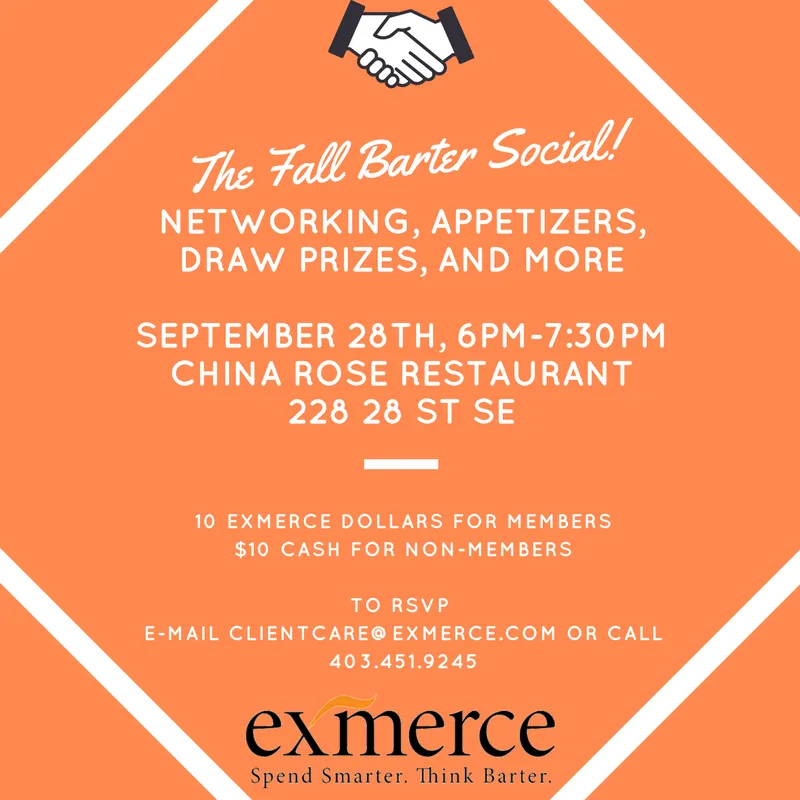
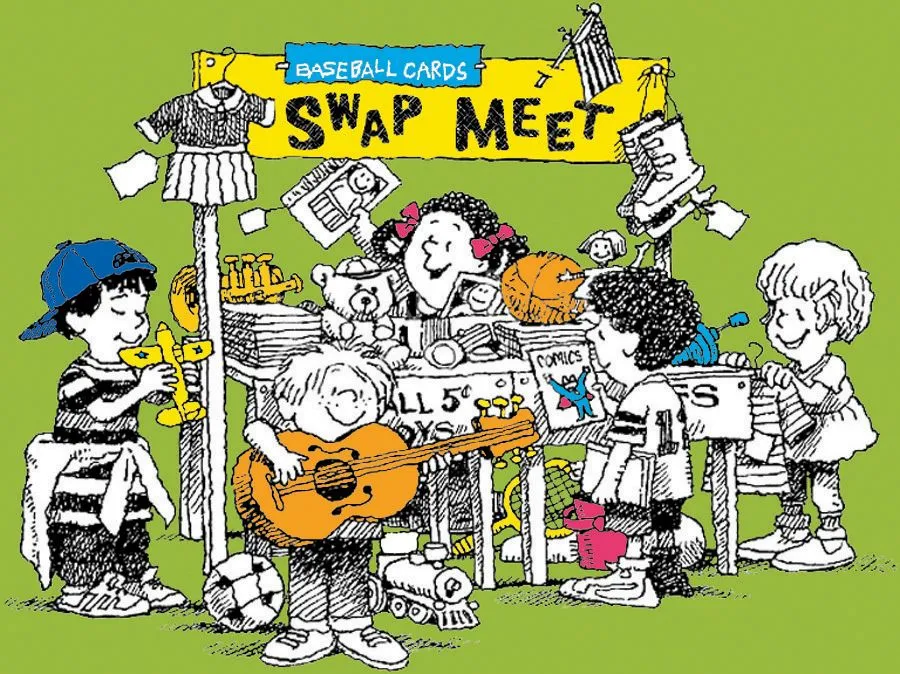
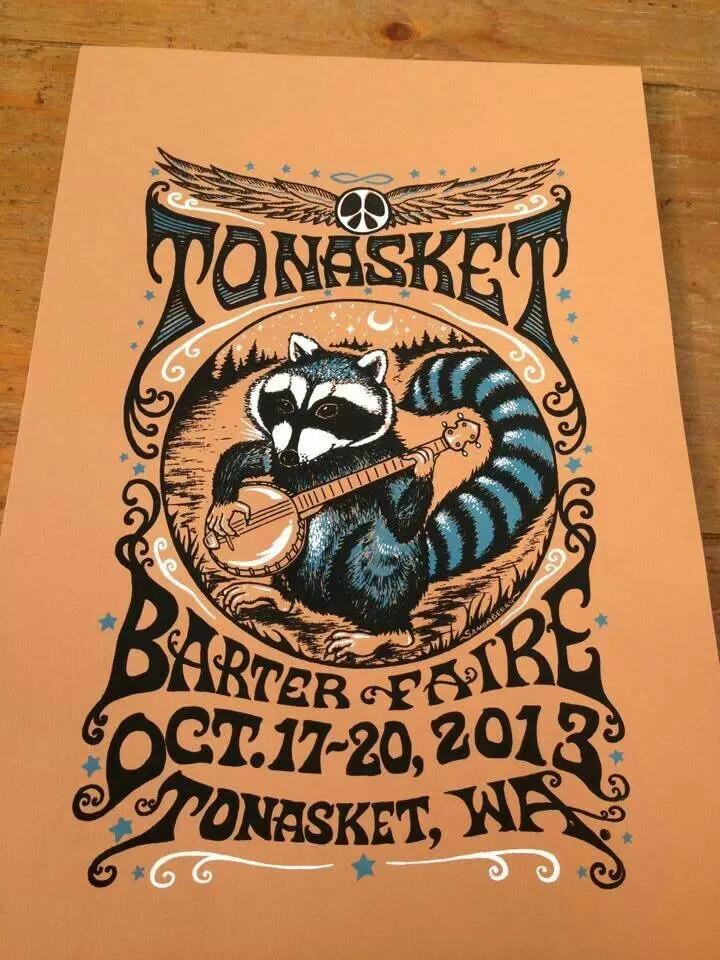
There is barter online, from ad-swapping to sharing subscribers to brands buying off social media influencers and then promoting them. And technology has made it easier to find matches when one needs to buy or sell something person-to-person.
But dealing in physical items is a hassle. Bartering them creates a two-way exchange, so it can double that hassle. When dealing with bulky items that are hard to ship, you’re restricted to finding someone locally who wants your item. For example, on a recent visit to the Barteronly.com site, I can see someone listing a bicycle trailer, the kind people use to pull their kids or pampered pets behind as they ride a bicycle. In exchange, the “seller” is interested in possible items that include office furniture or horse riding lessons for his/her kid.
Long distance delivery costs for used office furniture might cost more than the furniture (and for the bicycle trailer also, perhaps) unless we’re talking about high end items. And horse riding lessons would need to be near home, presumably. So the only potential partners for such a barter deal would be local people who, at the same time, are interested in that item and have something the partner desires in return. Those limit the potential a great deal.
Indeed, that’s what happens, even when technology brings people together. Bunz, an app for iOS and Android that also has an online site at Bunz.com, develops around local communities. While more than one million items are available for exchange on Bunz, it works best when there is a large enough group of users in one location (e.g. Toronto) where they can interact and make in-person exchanges. Combine Craigslist, a Facebook group, and some regional scale, and a barter community can have more success than a flea market.
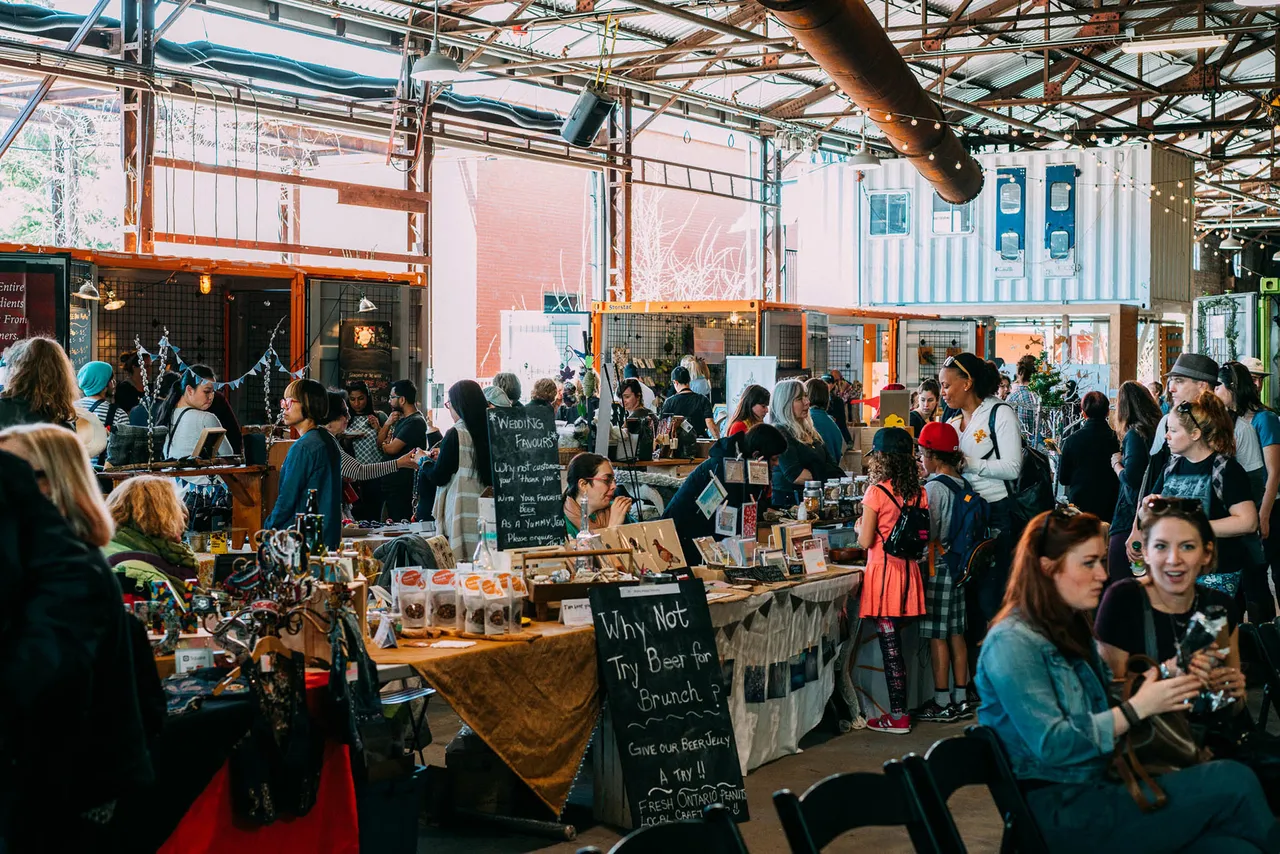
A barter event in Toronto. Bunz.com
Some governments do not consider cryptocurrency to be a currency, so using it to pay for goods or services may be considered an exchange of goods. STEEM is free, secure, and nearly instant to send for any simple transaction. From Steemgigs to a growing number of local businesses, you can exchange it with anyone who accepts STEEM for a good or service. It also makes gift-giving very simple. Many times, when a member of Steemit has needed something or is undertaking a project that helps this community in some way, I have donated STEEM or SBD (but only when I know the person already).
When you build up some Steem Power and can make meaningful votes on others’ posts, voting is another way of giving a gift. The value comes from using your Steem Power influence to allocate a small part of the daily reward pool to that post.
If and when you receive a gift from anyone, there should be no expectation of any return. The reward is helping someone else have a better day.

Image by @penguinpablo. Link at bottom of post.
However, even when I give away STEEM gifts, I’m not sure my motivations are good. Most of the people who receive gifts go out and work harder. They share Steemit with friends and bring in more people. And most of the people I vote for regularly have been chosen because they are top quality community builders and curators, helping to build the Steem ecosystem and bring in others who post high quality content. In the end, that growth helps my bottom line also. For example, this week I gave a gift of 250 Steem to @africaunchained to use as Steem Power so that curation initiative can help more people succeed on Steemit...but doesn't that also help me?
Are my gifts motivated by altruism or by self-interest? Are they investments or gifts? In the end, perhaps the answer does not matter. Each possibility can be equally true, since our interests can align here on Steem/it. I think the important thing is to ignore the self-interest part and think about helping others when we make a gift. Then it’s more likely that we’re doing so for the best reasons.
Most images above are public posters for various barter events, unless otherwise indicated. Top image is Creative Commons via Wikimedia by DanielPenfield. Steem video courtesy of @the-alien. Steem hand image by @pneguinpablo from this post: https://steemit.com/giving-steem/@benjojo/giving-steem-logo-competition#@penguinpablo/re-benjojo-giving-steem-logo-competition-20170616t114744102z
Source for bridge barter information: http://www.sfgate.com/bayarea/article/Golden-Gate-Bridge-can-t-pay-toll-4-cans-of-10903488.php
